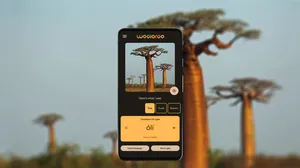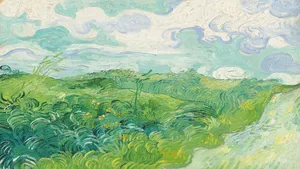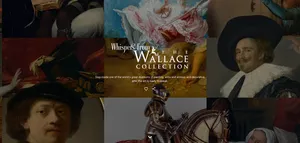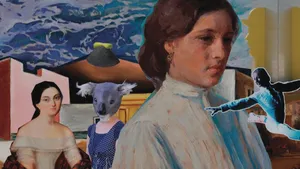Bringing the solar system to life in 3D with NASA

The solar system has always been “teaching” us. You can see it in the drawings of the constellations in the Lascaux Caves and the astronomy of the ancient world — all the way up to now, when NASA is helping people around the world to get a closer look at the universe through explorations like the Artemis moon mission or the new James Webb Space images. Starting today, you can learn even more from the solar system with new experiences on Google Search and Google Arts & Culture, thanks to NASA.
NASA and Google Arts & Culture have partnered to bring more than 60 3D models of planets, moons and NASA spacecraft to Google Search. When you use Google Search to learn about these topics, just click on the View in 3D button to understand the different elements of what you’re looking at even better. These 3D annotations will also be available for cells, biological concepts (like skeletal systems), and other educational models on Search.
See the Moon and check the Apollo 11 landing site.
Discover the base station of the Mars Pathfinder Rover.
Check the Artemis SLS Rocket’s different sections.
Take a closer look at the James Webb Space Telescope.
…or how the International Space Station is built.
And, when you are on your mobile phone, you can even use Augmented Reality to project these models into your space.
See the Earth and other planets in your space.
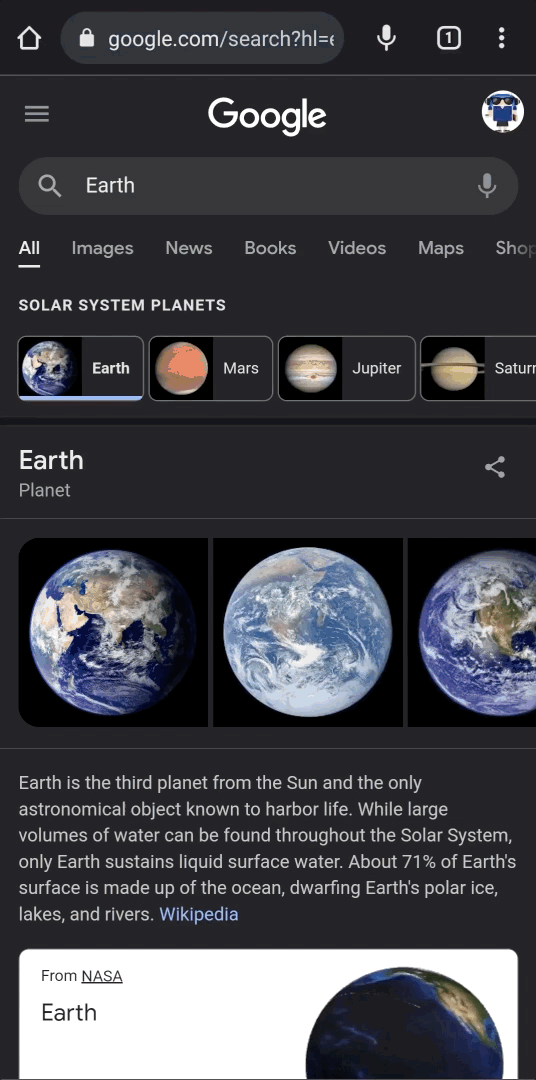
You can also dive deeper into these celestial bodies and learn about the scientific instruments NASA uses to study them. A new Google Arts & Culture project lets you explore the solar system, with stories about diamond rain on Neptune, gas giants and dwarf planets, Saturn’s moons, and NASA missions like the Parker Solar Probe or Landsat. NASA will even take you on a tour of the Hubble Telescope’s greatest images, show you what makes the International Space Station so extraordinary, and help you discover how the Mars Perseverance Rover is revealing our place in the universe.
Do you know which is the smallest planet in the Solar System and the closest to the Sun? Learn more here.
Explore our Sun to learn about the solar system and stars throughout the universe.
Landsat observations of our changing environment provide important information for decisions about human health, agriculture, natural disasters, urban growth and more.
The experience is also a way of helping inspire future students who may be considering careers as our next generation of explorers. As Kris Brown, NASA’s Deputy Associate Administrator for STEM Engagement notes, “Our nation’s future in air and space starts with inspiring students and igniting a spark of curiosity in STEM in today’s classrooms. The ability to see our solar system and join missions like the James Webb Space Telescope in 3D will give students a unique perspective of space and, hopefully, engage them in expanding their understanding of our home planet and our place in the universe. We hope these students will begin a journey of learning on STEM pathways toward building our next generation of explorers.”
So whether you’re a student learning about the solar system, or just want to get up close to the moon, we are thrilled to help NASA put the planets in the palm of your hand.

